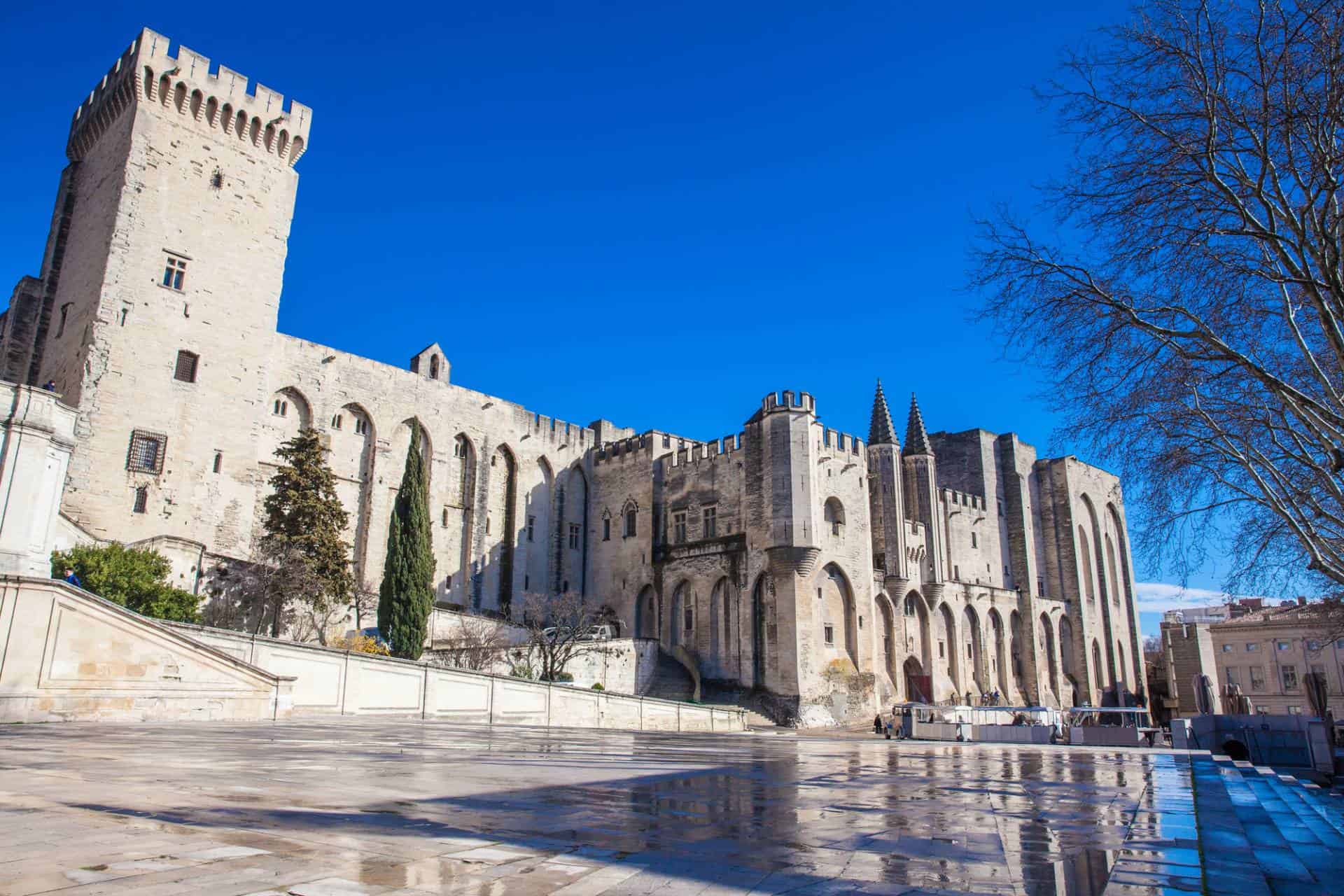
The Great Schism was a momentous papal feud that erupted between two rival centers of papal authority, Avignon and Rome, each vying for supremacy over the Catholic Church. What many may not realize is that during this time, Avignon, France, served as the primary seat of power for the popes. In a pivotal move in 1309, Pope Clement V relocated the papacy from Rome to Avignon, and it remained there until 1377. This period, spanning from 1377 to 1417, witnessed a tumultuous struggle as two rival popes vehemently asserted their rightful claim to the leadership of the Church.
Efforts to reconcile these disputes culminated in the convening of the Council of Pisa in 1409, yet this ironically led to further complications. Rather than resolving the issue, the council inadvertently exacerbated it, resulting in the emergence of three claimants to the papal office. It wasn't until the Council of Constance in 1417 that a definitive resolution was reached. At this council, it was decreed that Martin V would ascend the papal throne as the rightful pontiff, bringing an end to the prolonged and divisive Great Schism.
It is important to distinguish the Great Schism from the earlier split between the Eastern Roman Empire, also known as the Orthodox Church, and the authority of Rome around 431 AD. At the Council of Ephesus, Rome censured the teachings of Nestorius, the bishop of Constantinople, who posited that while Mary was indeed the mother of Christ, she should not be considered the mother of God. This doctrinal disagreement led to the separation of the East Syrian Church and, subsequently, the division of the Armenian Church, the Coptic Church of Egypt, the Ethiopian Church, and the Syrian Jacobite Church after the Council of Chalcedon.










